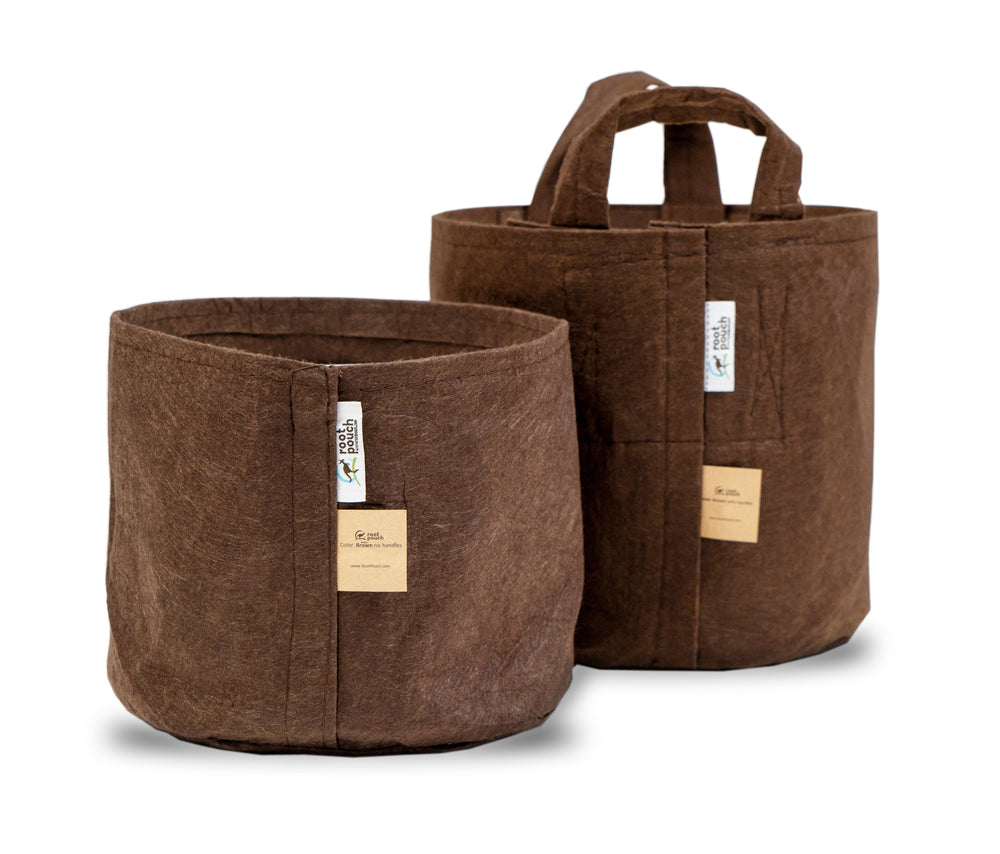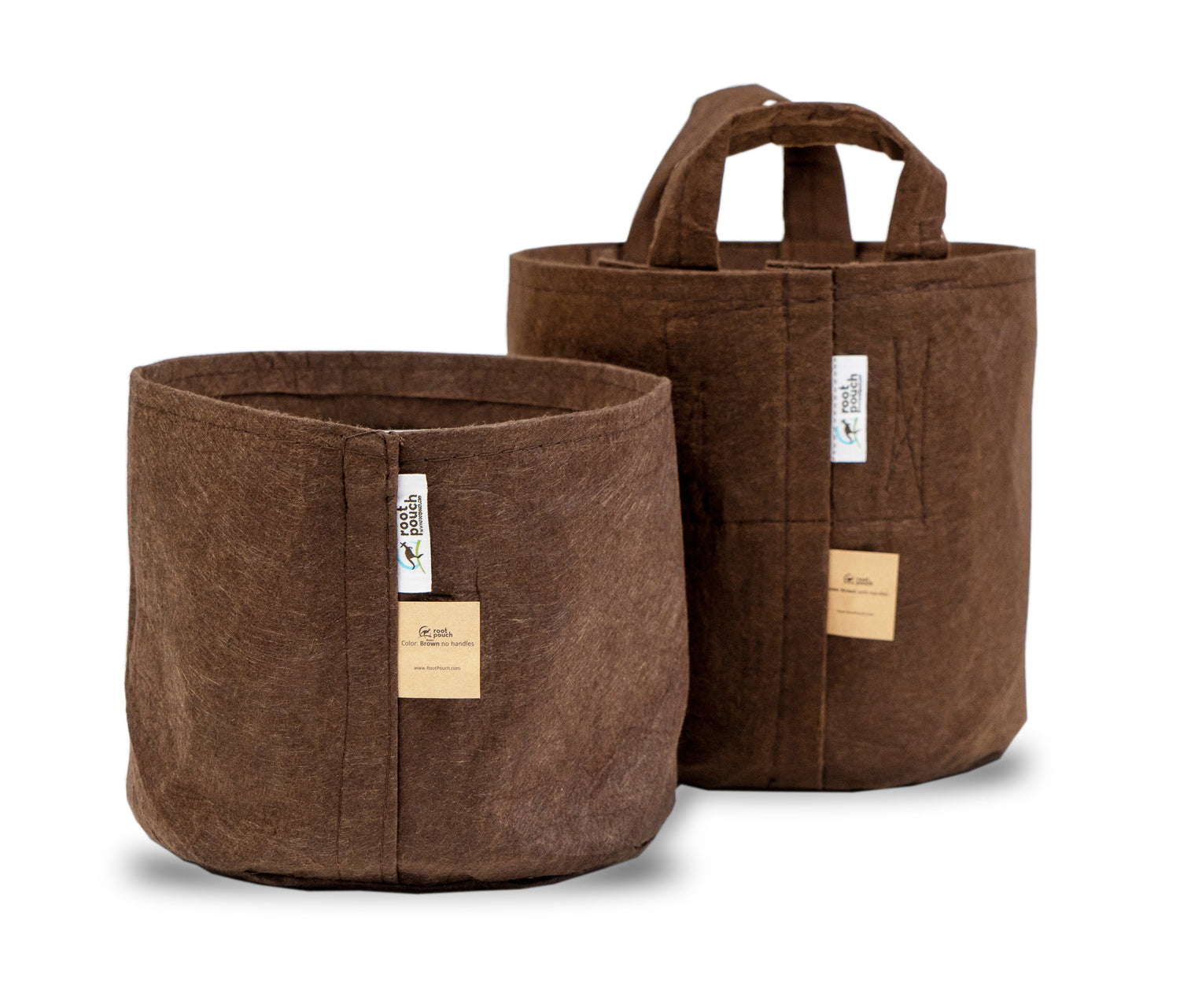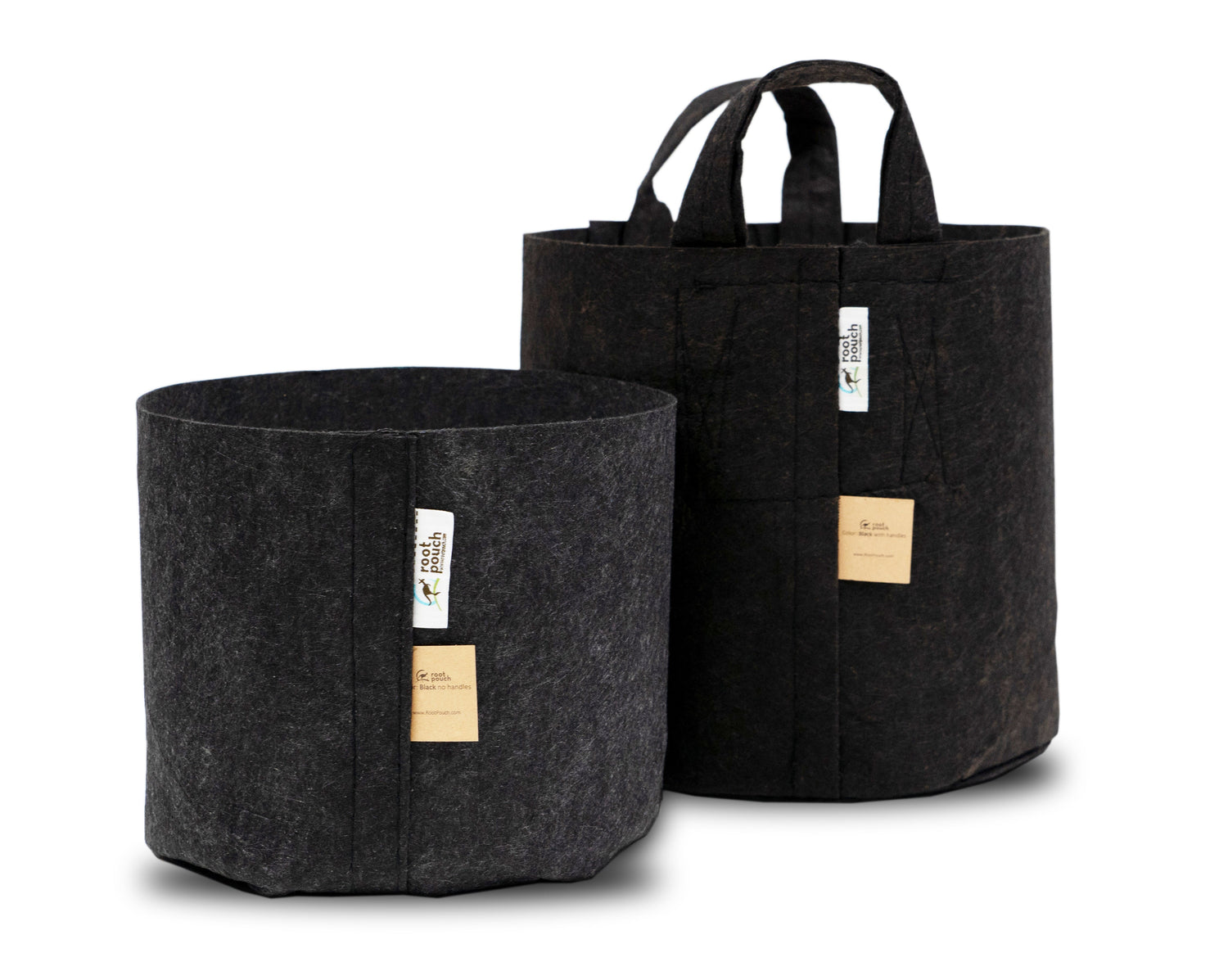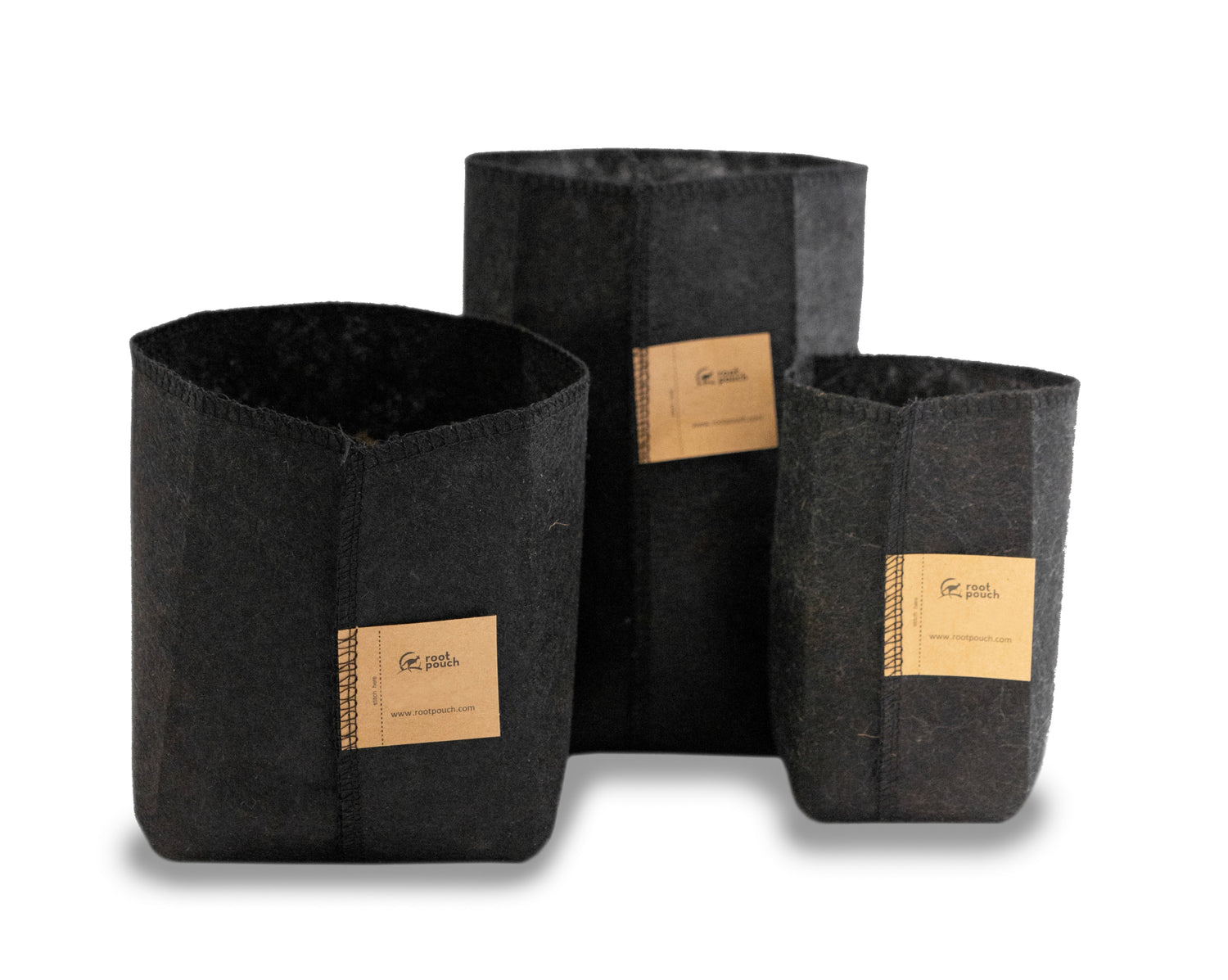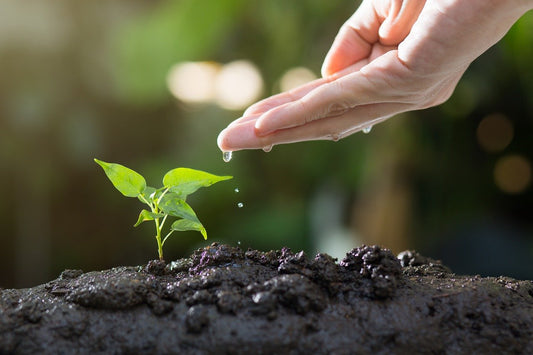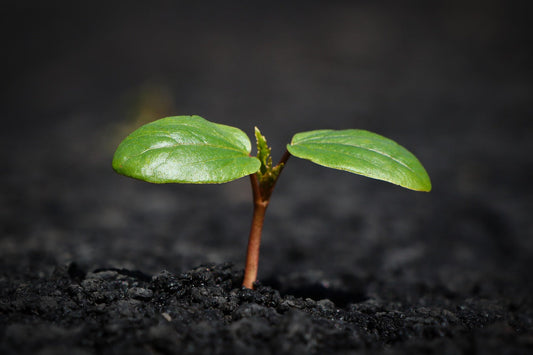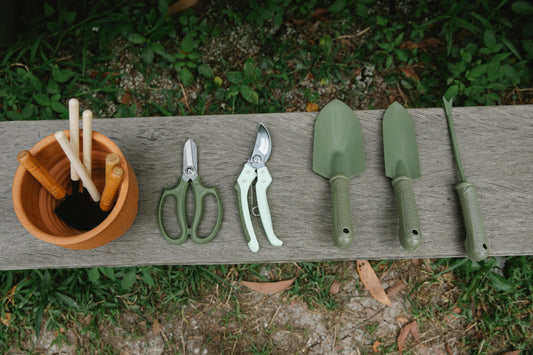As the days slowly lengthen and signs of spring start to creep in, February is the perfect time to shake off the winter blues and give your garden the attention it needs. While it may still be cold outside, there are plenty of preparatory tasks you can do this month to set the stage for a successful spring growing season. From cleaning up garden beds to starting seeds indoors, here’s your step-by-step guide to making sure your garden is ready to bloom.
1. Clean Up Garden Beds and Tidy Outdoor Spaces
Winter often leaves behind a mess of fallen leaves, dead plant debris and weeds. Cleaning up now ensures that your plants won’t be competing for nutrients come spring.
What to do:
- Remove dead leaves and debris from flower beds, vegetable patches and around perennials.
- Pull out any weeds that have taken root over winter—getting rid of them early will make your life easier later.
- Don’t discard all debris! Add suitable organic materials like leaves and non-diseased plant matter to your compost pile to give your garden an extra boost of nutrients in the future.
💡 Pro Tip: If you have sensitive plants or flowers, leave some mulch or straw covering in place to protect them from any late February frost.
2. Refresh and Enrich Your Soil
Healthy soil is the foundation of any thriving garden, and February is the time to give it some love. Over the winter, soil can become compacted, reducing its ability to retain water and nutrients. Loosening and enriching the soil now will ensure better plant growth come spring.
What to do:
- Loosen compacted soil with a garden fork or tiller to improve drainage and airflow.
- Add organic matter, such as well-rotted compost or manure, to boost fertility.
- Consider testing your soil’s pH to see if amendments like lime (to raise pH) or sulphur (to lower it) are needed before planting.
🌱 Root Pouch Tip: For gardeners using containers, refresh the soil in your Root Pouch planters by mixing in compost or organic fertiliser. The breathable nature of Root Pouch fabric encourages healthy root development and prevents soil compaction.
3. Prune Shrubs, Trees and Perennials
February is the ideal time to prune many plants while they’re still dormant. Proper pruning helps remove dead or damaged branches, promotes healthy growth and encourages plants to flower or fruit more effectively.
What to prune:
- Cut back dead or diseased branches on trees and shrubs.
- Prune summer-flowering plants like roses to shape them and promote new blooms.
- Trim back overgrown or leggy perennials, but leave any plants that provide winter interest or shelter for wildlife until early spring.
🔔 Warning: Avoid pruning spring-flowering shrubs like forsythia or lilac now, as you might accidentally remove their flower buds.
4. Start Seeds Indoors
Starting seeds indoors gives you a jump-start on the growing season, especially for plants that need a long time to mature, like tomatoes, peppers, and certain herbs. By the time spring arrives, you’ll have healthy seedlings ready for transplanting.
What to do:
- Choose a warm, well-lit spot to set up your seed trays or pots.
- Use a high-quality seed-starting mix for better germination.
- Sow seeds according to the depth and spacing instructions on the packet.
- Water gently and keep the soil consistently moist but not waterlogged.
🌿 Root Pouch Highlight: Root Pouch fabric containers are perfect for seed starting because they allow for excellent aeration and prevent overwatering. Plus, once the seedlings are ready, you can transplant them directly into the garden or into larger fabric pots without disturbing the roots.
5. Plan Your Spring Garden Layout
If you’ve been dreaming of a bountiful garden, now’s the time to put those plans on paper. Proper planning helps you make the most of your space and ensures crop rotation, which is key for preventing soil depletion and pests.
What to consider:
- Decide what crops you want to grow and map out where each will go.
- Group plants with similar water, sunlight, and soil requirements together.
- Rotate crops like tomatoes, peppers, and squash to avoid diseases like blight.
🌸 Bonus Tip: Consider incorporating companion planting techniques to naturally repel pests and boost yields. For example, marigolds can help protect vegetables by deterring harmful insects.
6. Maintain Tools and Equipment
Before you dive into spring planting, make sure your tools are in good working condition. Dull, rusty tools can damage plants and make gardening more difficult than it needs to be.
Maintenance checklist:
- Clean dirt and debris off tools and dry them thoroughly.
- Sharpen blades on pruners, shears and hoes to make cutting easier.
- Oil any metal parts to prevent rust.
- Test irrigation systems and hoses for leaks or damage.
🧑🌾 Eco Tip: If you’re replacing any broken garden tools, consider buying high-quality, durable options made from sustainable materials like bamboo or recycled metal.
7. Start Cold-Hardy Crops and Perennials
In many regions, February is a great time to start planting cold-hardy vegetables and flowers. Crops like spinach, lettuce, kale and onions can be directly sown in the garden if the soil isn’t frozen. Alternatively, you can plant them in containers for more control over temperature and soil conditions.
What to plant in February:
- Spinach, lettuce, kale, onions, peas and broad beans
- Perennials like lavender, hardy herbs and early-blooming flowers
🌿 Why Use Root Pouch Fabric Planters: Root Pouch containers are portable, making them ideal for starting crops indoors or in greenhouses. When the weather warms up, you can move the plants outside without the risk of transplant shock.
Final Thoughts: Set the Stage for a Thriving Spring Garden 🌼
A little preparation in February goes a long way toward ensuring a productive and healthy garden throughout the year. By cleaning, pruning, planning and starting seeds early, you’ll give your plants the best chance to thrive. And don’t forget, sustainable gardening starts with smart choices—like using eco-friendly Root Pouch planters, which support healthy root growth and reduce plastic waste.
Are you ready to dig in and start prepping your February garden? Share your favourite spring preparation tips in the comments! 🌱
